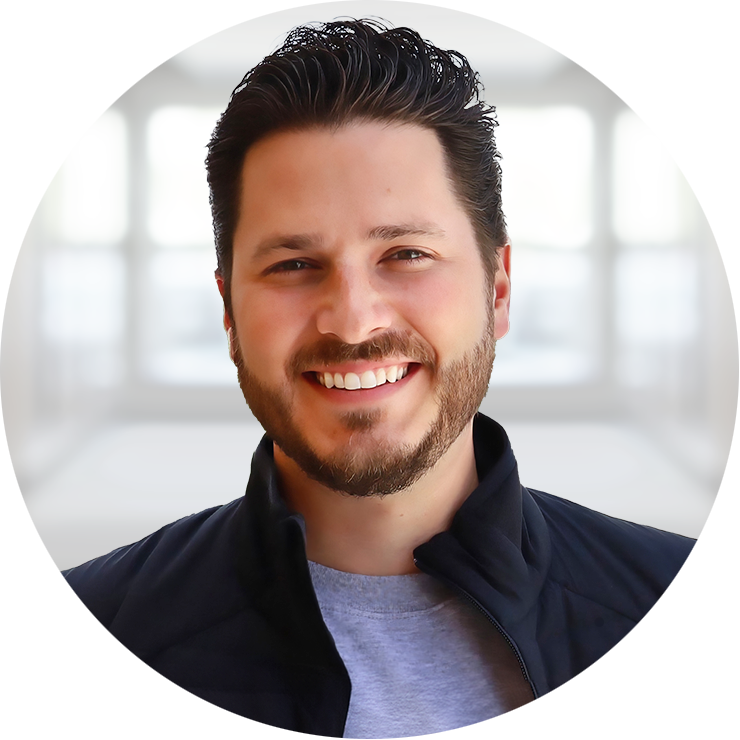The Scalable Practice Playbook

We’re at a turning point
We’ve heard it before, but it’s still true — the past five years have been a challenge for the dental industry. The economy is slower, people are wary about spending, and the industry is facing increased price pressure. Dentist wages and insurance compensation haven’t risen recently, and the cost of money is up. With that combination of factors, we’re seeing an increased lack of confidence – from patients, clinicians, operators, and investors.
But I feel very optimistic about our industry in the next five years. I think that the lives and livelihoods of dentists will improve as the combination of partners and technology leads to more time spent focusing on the actual patients and less time on the mechanics of running a business.
The practices that recognize this climate as an opportunity will see the most success over the next few years. This is your time to invest in your people, advance your technology, and prepare your organization for the future.
This is not a pep talk. It’s a playbook. A living, strategic guide packed with proven ideas and cutting-edge thinking from the people doing the work.
Meet our experts

Brian Weatherly
Chief Executive Officer

Ali Hyatt
Chief Customer & Growth Officer, Henry Schein One

Andrew Smith
CEO, The Association of Dental Support Organizations (ADSO)

Ali Oromchian
CEO, Founder, HR for Health

Ryan Hungate, DDS, MS
Chief Clinical Officer

Brian Colao
Director, DSO Industry Group, Dykema
The state of group practices today
Ali Oromchian: The sense of “missing out” on selling to a DSO has largely faded, especially as we’ve witnessed significant shifts in the group practice landscape. In many ways, these changes have actually strengthened certain groups, as they’ve been compelled to prioritize not only growth, but also operational efficiency and sustainable, healthy business practices that can be embedded into their models. This evolution has been transformative—and it has really only taken shape in recent years, as the rising cost of capital has slowed deal flow and forced groups to adapt in smarter, more disciplined ways.
Dr. Ryan Hungate: When I first started in this business, I rarely ran into groups that had 3 locations, let alone 30. Now, everybody has 10 locations. Systems of scale have improved with technology, and they’re growing at exponential rates. Group practices should be feeling completely emboldened by this and bullish on their future.
Brian Colao: The industry is in a bit of an unnatural state right now because almost every expense has gone up, but reimbursement rates have stayed virtually flat. At the same time, the interest rates are high and the ability to grow through M&A is very limited. Technology is going to be a really important equalizer with the ability to overcome labor shortages, the high cost of labor, and a lot of inefficiencies. There’s a term I used a lot, “adaptive radiation,” when evolution occurs on an expedited basis due to extreme environmental pressures. We’re facing a moment like that right now, and I think this is an incredible opportunity to adapt.
Technology is going to be a really important equalizer...
-- Brian Colao
What's fueling the change
56%
Believe getting insurance claims paid is a bigger issue than retaining staff
65%
Denied claims are never reworked
$30k
Average loss per 100 denied claims
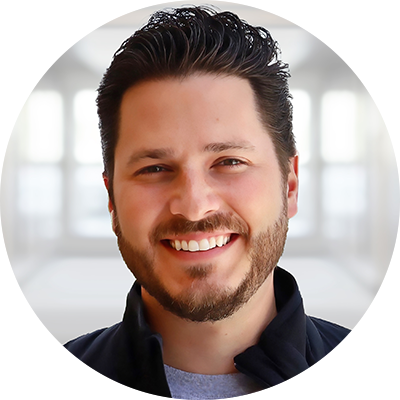
Dr. Ryan Hungate:
Here’s a stat: More than half of initially denied claims are ultimately paid when pursued4. That should floor people. I think sometimes doctors are cynics and believe that insurance companies don’t want to streamline these processes. That may have been the case five years ago, but employment costs have skyrocketed. Insurance companies have thrown up a white flag at the same time doctors have and, all of a sudden, we all want to accomplish the same thing.
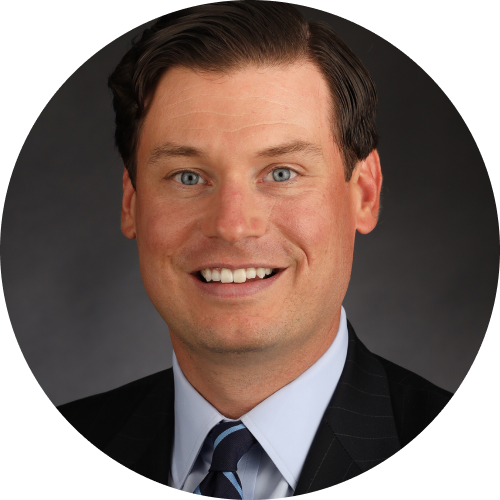
Andrew Smith:
Practices with a billion or more in revenue seem to have a pretty solid operational efficiency system, particularly around revenue cycle management (RCM). The mousetrap just works well because they’re focused on how to scale and commercialize other types of technologies on the patient side. RCM remains the number one issue for those that are still aggregating practices, and it’s the biggest issue we hear about when our middle-market members get together.
Turn big data into bigger revenues
“I think the stakes are really high on the legal side because of data privacy and HIPAA, and, with risk management and audits, it’s going to come down to the data.” — Ali Oromchian
Why this changes everything:
Analyzing massive amounts of data uncovers patterns that help streamline patient and insurance workflows by automatically aggregating, importing, and correcting information.
Imagine a future where:
You can go back through old notes and look at new narratives being created. As you’re creating your claim, AI lets you know that you forgot a procedure or tells you, “I see that you did a single surface resin on this. This should be three-surface resin.” Not only do we eliminate those manual errors, but AI can look back through old notes and find claims that can still be refiled and treatment that still needs to be completed.
What's fueling the change
83%
Medicare Advantage claim denails overturned when appealed
$1-1.5 Mil
Lost annually per practice because of unscheduled or incomplete treatment
25%
of diagnosed dentistry that actually gets done
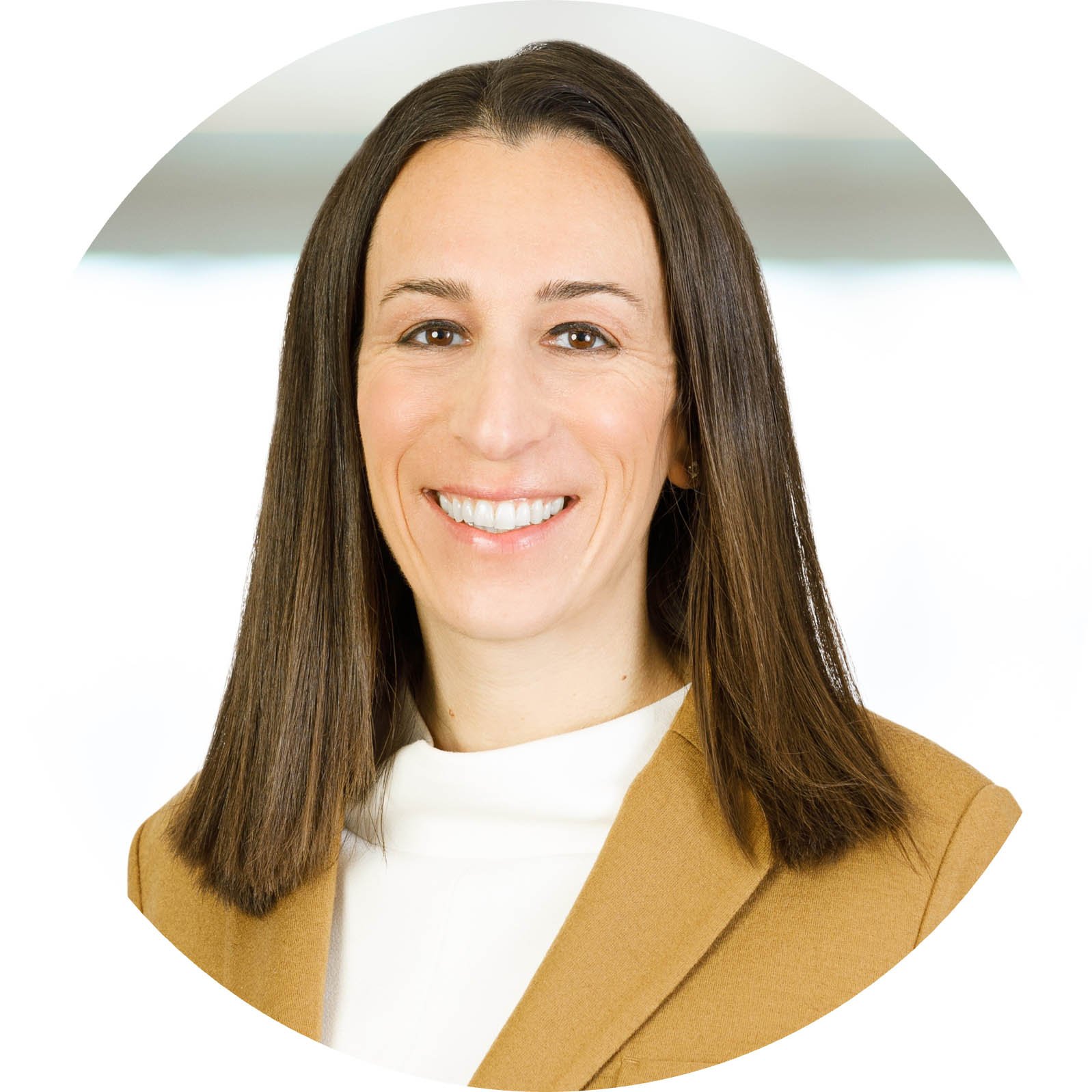
Ali Hyatt:
It’s not about working harder, it’s about maximizing revenue opportunities that are already there. So how do you expand hours and coverage? The more traditional option is to hire additional associates. However, if you can improve case acceptance or spend less time on notes with AI, then you’re able to maximize associates’ time. There’s also an opportunity to better understand your patients’ needs and put communication streams in place to specifically target them.
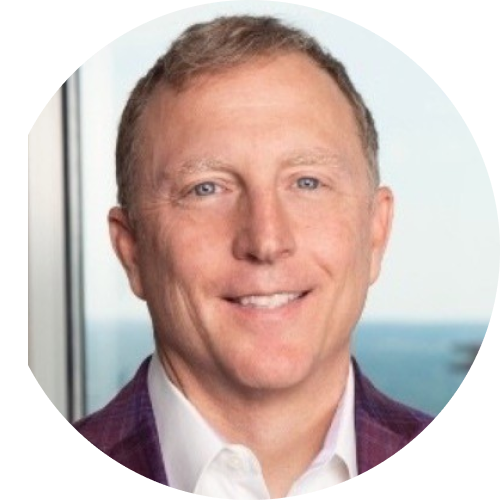
Brian Colao:
There are a lot of really exciting things that are occurring right now in data that can enable you to achieve same–store growth if you utilize it appropriately. There are a lot of marketing tools that will let you lower your patient acquisition costs by utilizing data. There’s a lot of real-time access to KPIs by analyzing phone calls, enabling you to make real-time course corrections and leading to patient retention or new patients and increase your same-store growth. If you utilize that information appropriately, you can ensure your market presence is where it needs to be.
From fragmented records to connected care
“I think the big question becomes: How do you scale it? How do you commercialize it?” — Andrew Smith
Why this changes everything:
Imagine visiting a doctor and never filling out a form again. With dental–medical integration, we prevent duplicate prescriptions, missed allergies, and dangerous drug interactions—helping patients every day.
Imagine a future where:
Patient health records include conditions, allergies, and objective findings, and can be easily passed to the next doctor—medical or dental—so they can look at it, interpret it, and recognize what that history is.
What's fueling the change
$100 Million
Saved/year if dental offices performed screenings for diabetes, high blood pressure, and high cholesterol
100%
Dentists who would like to view patients’ medical records
90%
Of systemic bodily diseases have oral manifestations
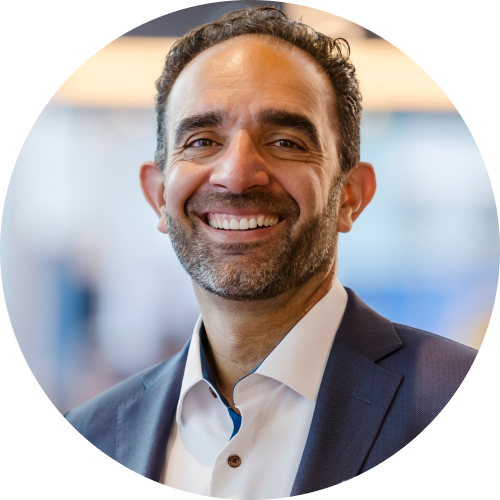
Ali Oromchian:
Over the next five years, the integration of the total-body health model will redefine how practices compete and care for patients. By bringing diverse providers together under one coordinated system, practices can harness economies of scale and unlock shared resources in HR, billing, and compliance. This model not only amplifies bargaining power with insurers and suppliers but, more importantly, positions practices to deliver a new standard of comprehensive, patient-centered care—seamless, data-driven, and spanning every specialty.

Andrew Smith:
I think the big question becomes: How do you scale it? How do you commercialize it? And what type of organizations are able to do that? I think it requires very solid integrated operations. I could see a health system collaborating with a DSO. I think we’re moving in that direction, and there’s a component there that leads to higher case acceptance.
Seamless care from start to finish
“Things that might otherwise take days or weeks to finish can be accomplished in a matter of minutes with a digitized workflow.” — Brian Colao
Why this changes everything:
Digital clinical workflows are transforming dentistry by automating tasks like x-rays, charting, and diagnosis, reducing clicks and freeing up time for patient care.
Imagine a future where:
X-rays are taken, and before the patient even sits down, AI has already reviewed them, flagged existing conditions, and prepared a treatment plan based on past care and insurance eligibility. The dentist and hygienist simply confirm, and everything is ready to present to the patient — including financing. Once the patient agrees, AI writes back to the PMS instantly. The scan can go straight to AI for planning, generate a lab slip, and even connect to a 3D printer. The crown is printed, cured, and placed, and payment and insurance are processed automatically.
What's fueling the change
59%
Of patients are more likely to follow treatment recommendations if they knew AI could detect things a dentist can’t
54%
Dentists express confidence in AI
77%
Of dentists observed positive outcomes with AI
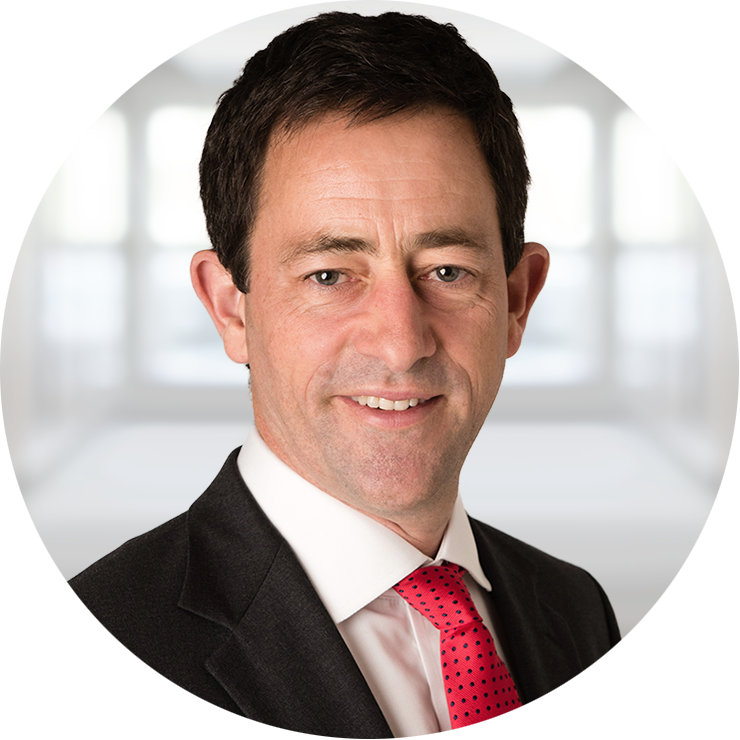
Brian Weatherly:
This is really exciting for clinicians. It’s also driving three-click dentistry. We’re already seeing this with tools like implant drilling guides. The doctor uses AI to figure out an implant, and then they just have to take the image, and send it to the manufacturer who creates it and mails it back.

Brian Colao:
The digitization of labs and workflows has made the clinical process operate much more seamlessly, leading to a better, more efficient patient experience. There are two things driving it. One is the need to lower costs and be more efficient to increase profit margins. The other is the patient experience and removing barriers to treatment. If you tell a patient that implants are going to take six months and three separate specialists, that’s a huge barrier. If you tell them we can deliver it in a day, it’s going to be much more attractive.
Inside the practice of the future
What the next five years require
The next five years will redefine what it means to run a dental practice. Growth won’t just be adding chairs or locations — it’ll come from smarter operations, cultures of accountability, and technology working invisibly in the background. The practices that thrive will be the ones that see compliance and retention as the foundations of sustainable success.
The group practice of the future will need to figure out how to aggregate through systems of scale, revenue opportunities, and branding experiences. Those who succeed will create an experience that feels seamless, modern, and deeply personal. From the front desk to the operatory, nearly everything except hands-on procedures will be automated. Technology won’t replace the human touch — it’ll make it stronger. Those who embrace this shift will be the ones defining what great dentistry looks like in a fully connected, patient-first world.
